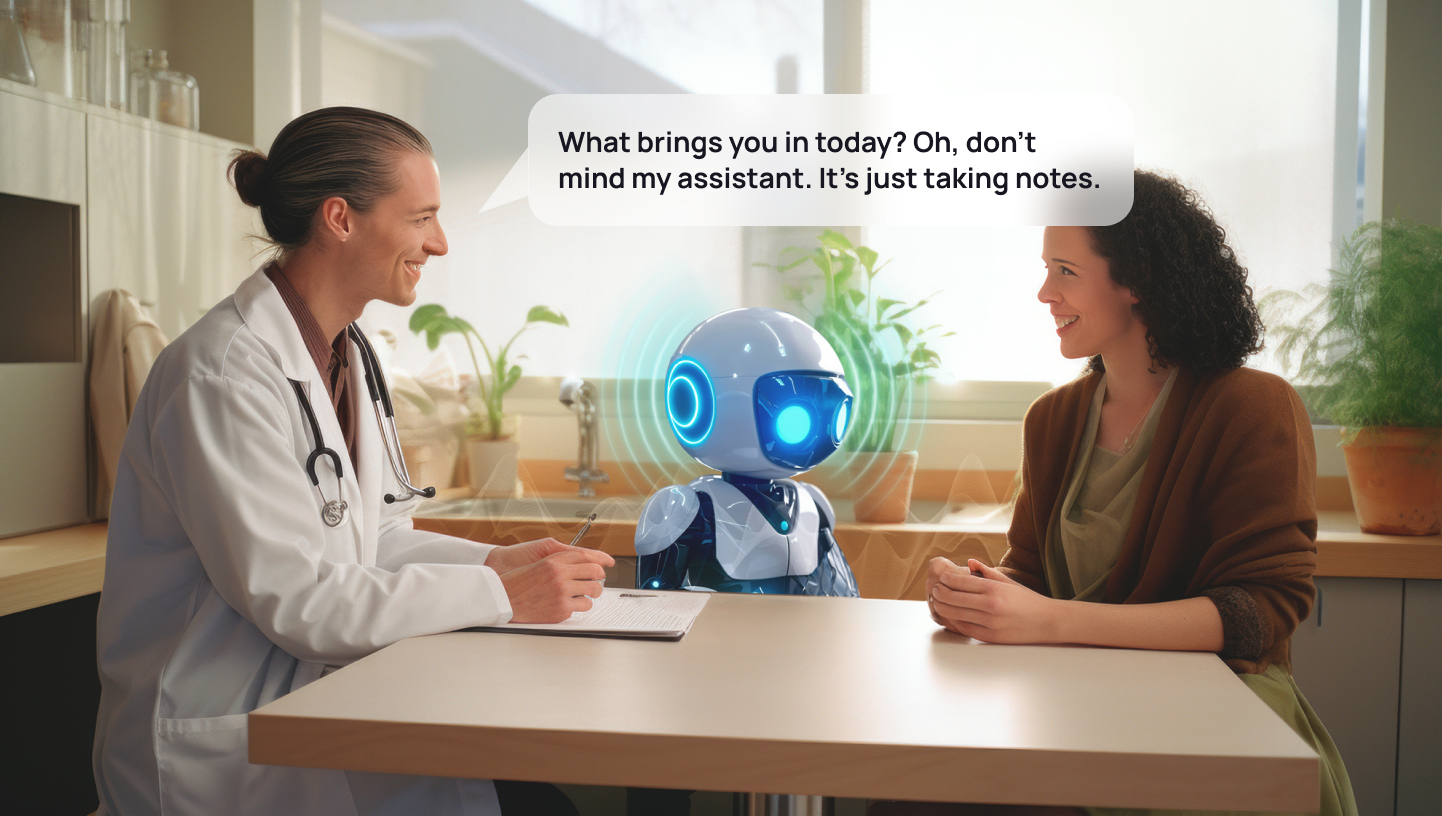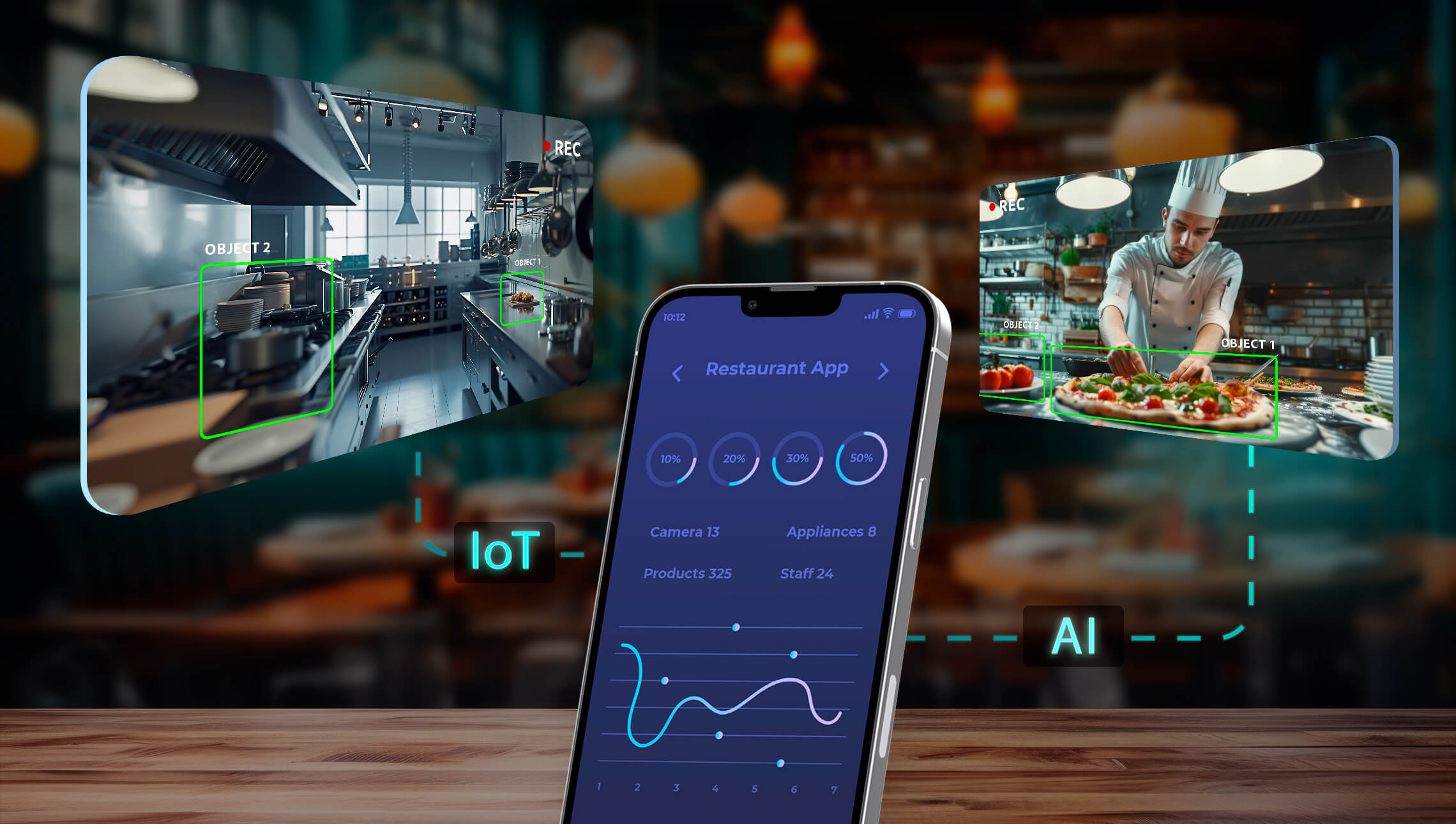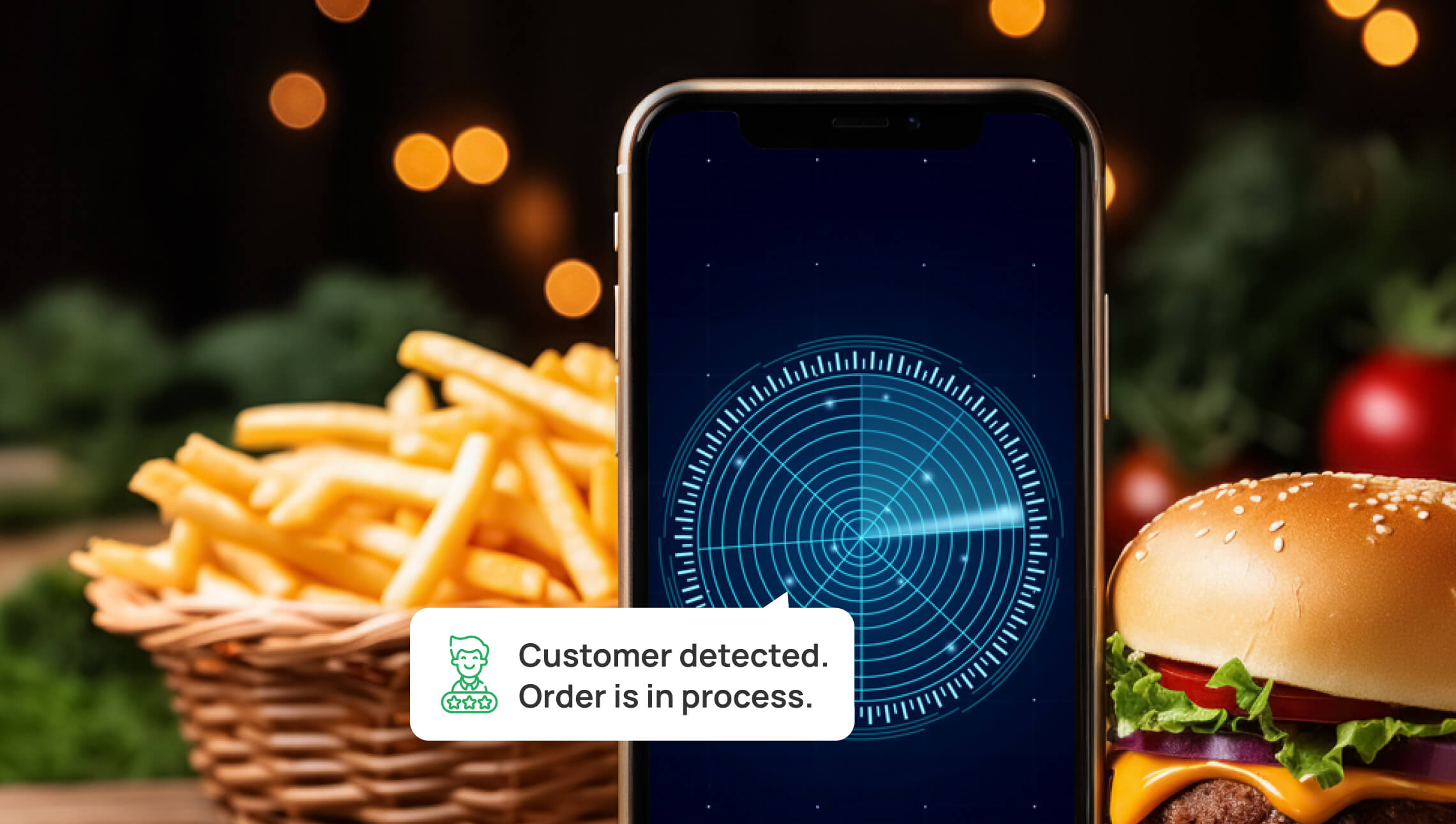The Future of Restaurants Is High Tech

The first restaurants popped up around 1100 A.D. in China, and most early versions of the modern restaurant came from France. These are interesting facts but it doesn’t really matter where they appeared first yet why people have been eating outside of the home for millennia.
Think of your favorite café or restaurant. Think of why you love this place that much.
Maybe the cocktails are fantastic there. Or a signature dish from a famous chef makes you feel special. Or it’s just a simple place but waiters and managers are really polite. Or you celebrated special occasions there and these memories keep you warm. The list may go on and on.
It’s all about customer experience
Translated into the language of management, you had a great customer experience. Every business strives for that because happy clients buy more, they are more loyal, and share their experiences with friends and family.
If you run a company, you already know that you don’t have that much room for errors. According to PwC research about customer experience, just one bad experience is enough for 32% of customers in the USA to walk away from the brand they love. And we bet you had situations when your favorite brand has upset you, too.
The same report states that 54% of U.S. consumers say customer experience at most companies needs improvement. But how? There is no formula for success. However, technologies make a huge difference since they increase speed, convenience, and friendliness by focusing on great service and creating the environment your customers come to enjoy. And making the best food out possible, of course.
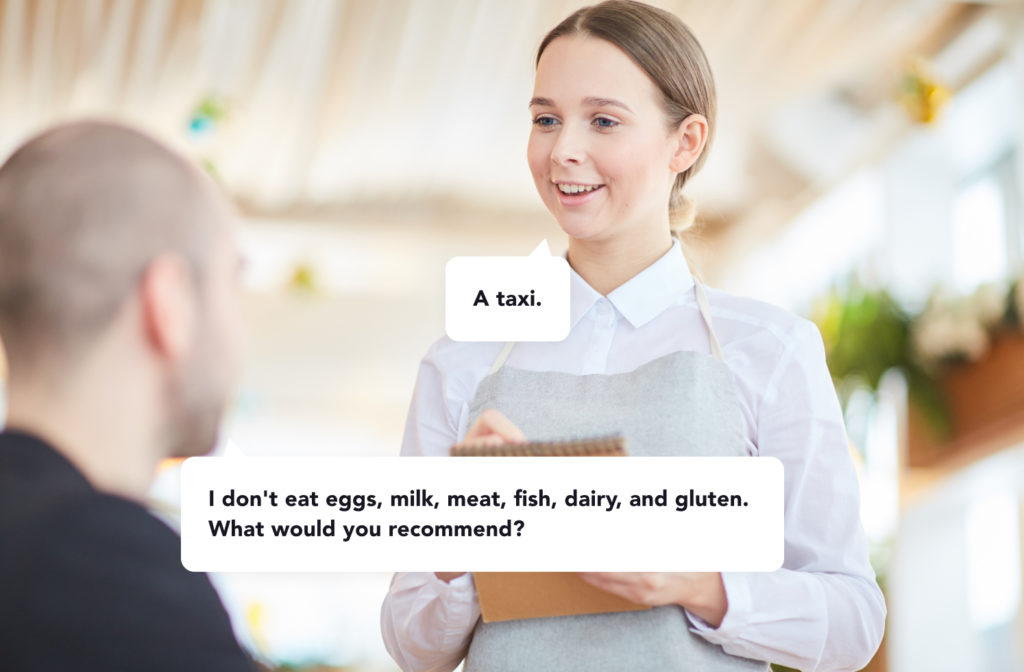
What was the last time you haven’t read the reviews before going to a new place? Can you imagine that a restaurant won’t accept cards in 2022? Or that you can’t read the menu of their website? Tech has already affected how we eat out and will continue to influence it.
COVID-19 and all of those restrictions was perhaps the industry’s greatest challenge to date. Pizza chains’ stocks hit highs even years from the beginning of the pandemic, while casual-dining and fine-dining restaurants have seen their revenues decline by as much as 85%, McKinsey reports. A strong online presence, loyalty programs, CRM systems that provide managers with insights and predictions, delivery mapping tools saved many cafés and restaurants from closure. Well, not a good time to be a technophobe.
In the next paragraphs, we will explain how technologies already help the HoReCa industry players create value, deliver excellent customer experiences, and get better business results. The important point to make here is that all of the following is based on our clients’ experience, from independent restaurants to nationwide chains.
Customer Relationship Management (CRM) systems for cafés and restaurants
CRM is like a database of all your guests in one place. Being highly customizable, it may include a large number of features but usually includes:
- Tracking the time of guest’s arrival, their personal information such as name, company & title, birthday date, phone number, or email address;
- Collecting and storing information about each customer’s preferences, dietary restrictions, allergies, their order history;
- Sending personalized offers and tracking the result of each marketing campaign.
All of this increases the possibility of a satisfied client to become a repeat guest. Which, in its turn, cuts marketing costs and increases income, as it is anywhere from 5 to 25 times more expensive to acquire a new customer than retaining an existing one, Harvard Business Review states. Glory be in the Data!
Here’s how we launched Waitbusters–an all-in-one restaurant management platform that covers a wide range of restaurant daily operations, from online ordering and table management to SoMe optimization tools.
Computer Vision for better employee management
Great customer experience starts with the superior employee experience. Superior employee experience starts with a feeling of safety, trust, and time and effort they put into work every day really matter. Computer Vision systems increase safety, promote trust, and can track how often they wash their hands or change face masks, as well as remind them to do it.
Here’s how our Remote Food Measurement System keeps an eye on the cooking process to ensure the ideal quantity and quality of the final product.
Chatbots for easier communication
Chatbots are artificial intelligence (AI) systems that enable customer engagement via messaging, text, or speech. It’s super convenient to order food via them if you’re not in the mood to talk or simply if you don’t want anyone in the room to know what you’ll have for lunch. In 2018, Deloitte even predicted that by 2022, we’ll be talking to bots more than our own spouses. Well, we’ll see.
Chatbots are also capable of answering questions about the restaurant, offers, and discounts, as well as assisting in placing and tracking their orders.
Data Science for restaurant inventory management
Imagine you came to a place and ordered, say, a salad with chicken and pasta. And then they say they cannot cook it for you because they ran out of some ingredients. Oops… Yeah, it’s the end of the day, and those are popular dishes, and maybe there’s nothing to get upset about as there are other meals on the menu; but you did. The saddest part of the story is that situations like this can be easily prevented with proper inventory management.
Restaurant inventory management systems use data collected to help you:
- Minimize food waste. The system tracks the amount of food that has spoiled or been wasted in other ways. Taking into consideration that about 10% of food purchased never reaches customers, it costs a pretty penny.
- Track all inventory. It’s like having a large database of everything that your café or restaurant uses, from napkins to champagne bottles.
Read about a web-based application that brings visibility to the kitchen workflow that we delivered to one of our clients.
- Organize inventory. So staff knows what they have now and where is the time to make a new order.
- Work with vendors. Having precise information about each transaction and order history promotes trust, which translates into better relationships with vendors.
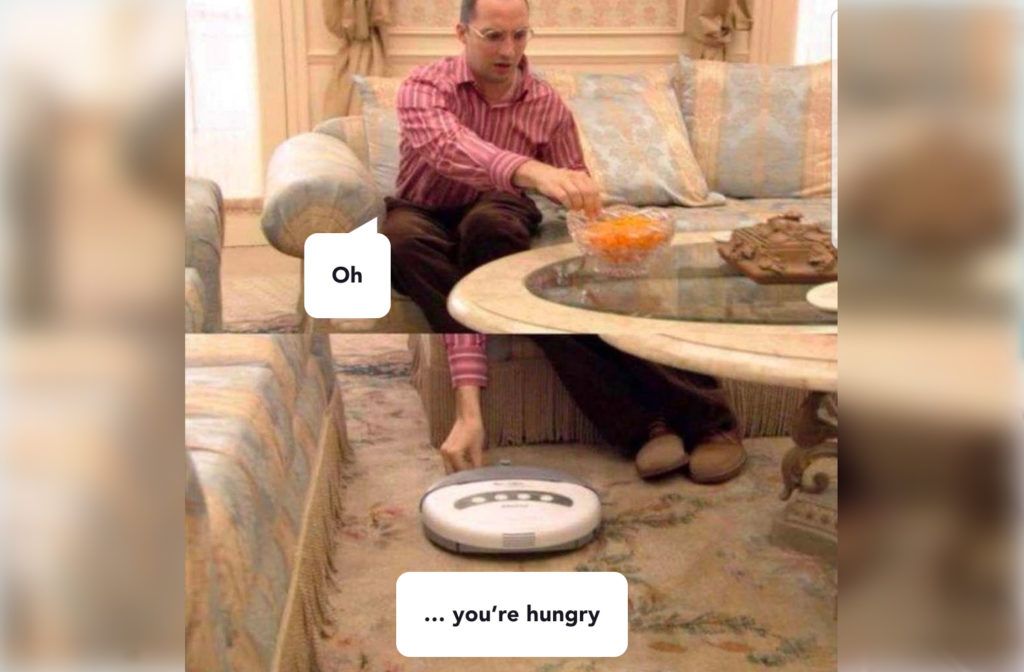
Artificial Intelligence (AI) and Machine Learning (ML) for faster and more relevant experience
Delivery. Clients expect it to be as fast as possible. Companies see it as among the highest costs of a product’s journey. When it comes to last-mile delivery, route planning, traffic, meeting customers, proof of delivery become obstacles. Driver data—like location and traffic—is invaluable information since it helps optimize the delivery time and implement dynamic routing.
HoReCa companies also use Machine Learning to predict the number of orders, track trends and other behavioral patterns. The insights gained are the pillars for delivering that famous personalized and first-class service.
How can it benefit your business?
Was this all about something futuristic, fully automated, multi-sensory (like Ultraviolet in Shanghai), or with an interactive menu (like Inamo in London)? The truth is that technologies have already penetrated the HoReCa giving its clients invaluable experience, raising revenue for its owners, and simplifying work for the personnel. We’ve already developed a bunch of various systems that provide all functionality necessary for restaurants daily operations starting from contactless food ordering, online POS, AI-based menu and inventory management to customer care, kitchen control, payments integrations, and more. That is why we have an in-depth understanding of this business.
And… We’ll be happy to help yours! Feel free to contact us in case you have any questions or ideas about your project.



